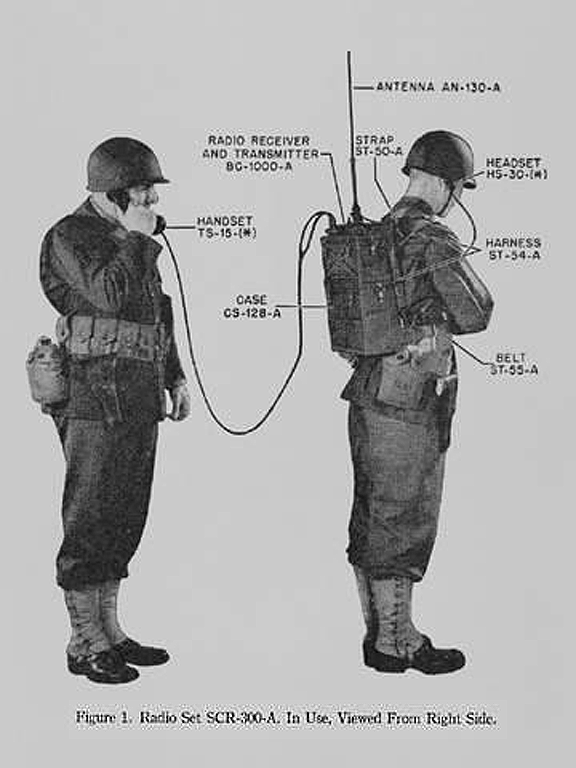CHAPTER 17 Regional Conflicts
Objective:
students will be able to:
-analyze regional conflicts in the Post WWII world and how those conflicts have affected nation-building in Africa and the Middle East
-discuss and describe the recent history of the middle east, including political divisions, key leaders, religious issues, resources, and important tends, including whether those trends have advanced the causes of individual freedom and democracy.
Rationale:
The aftermath of World War II with its winners and losers sets the stage for each country to reassess its role in the world, and plan a new strategy of non-aggressive engagement with each other. s "Cold War" develops with some of the big players (USA and Russia) jockeying for political clout throughout the world as they oppose each other's intentions behind the scenes. Understanding what a "Cold War" is and the impact that it had throughout the world will give students a better understanding of how war can be fought outside the traditional battlefield
Evidence:
Being able to list the various policies and actions taken by certain countries and the response to those actions will demonstrate that students can track the various players and events that occurred in the time between WWI and the Outbreak of the Korean Conflict
___________________________________________________________________________________________

Hiroshima Visit - The gutted Hiroshima Prefectural Industrial Promotion Hall, now called the Atomic Bomb Dome, was seen after the 1945 atomic bombing of Hiroshima, Japan, in this undated photo.
Monday May 23rd -
Chapter 17 Section #3 is the last assignment of the semester.
-Read the section, and answer the Terms, People and Places (question #1) as well as Comprehension and Critical thinking questions (3-5) on page 595.
Answer the Document-Based Assessment (q's 1-4) on page 599
Take the section #3 Quiz -
Section 3 QUIZ
Prepare for Final





